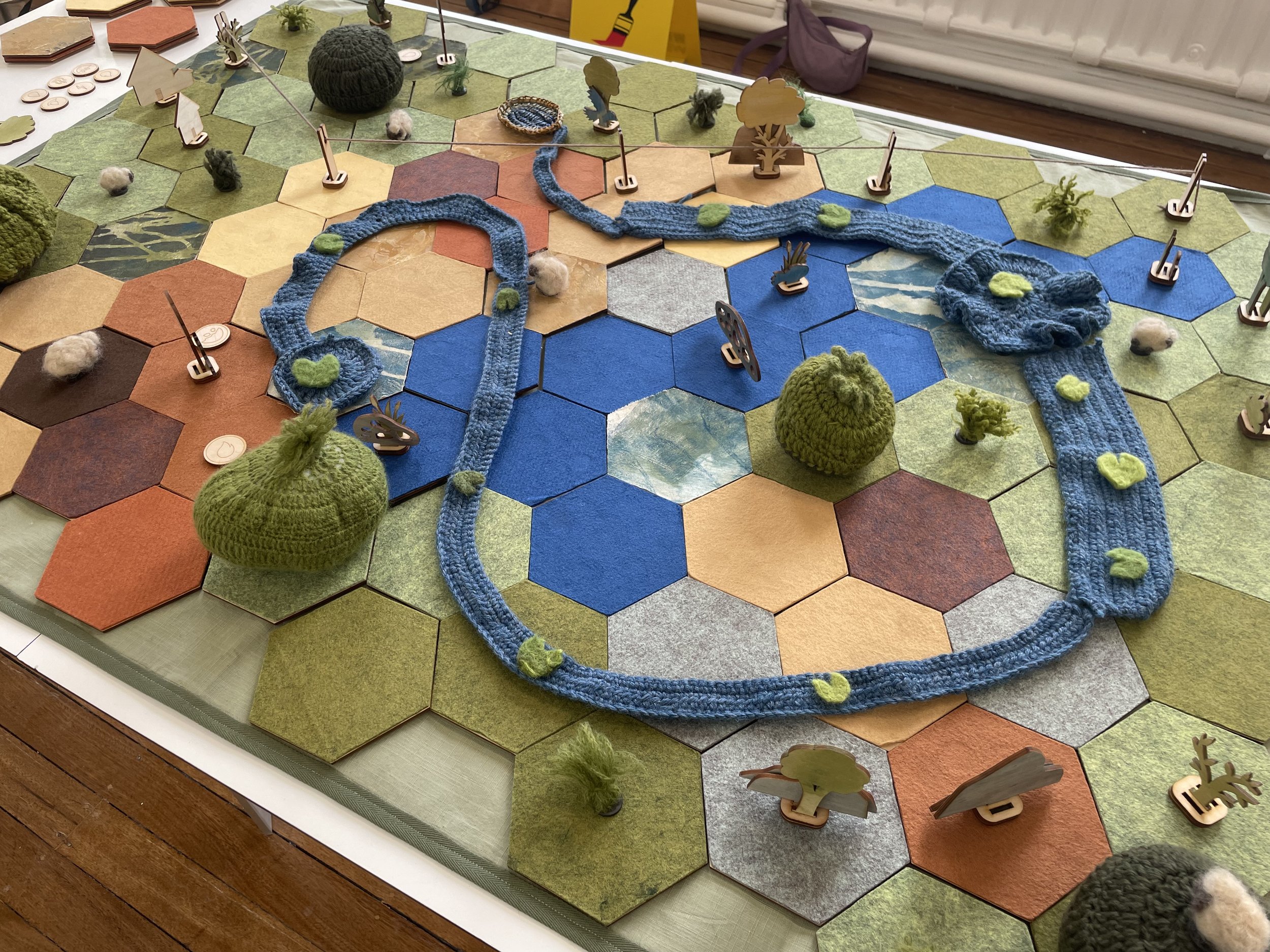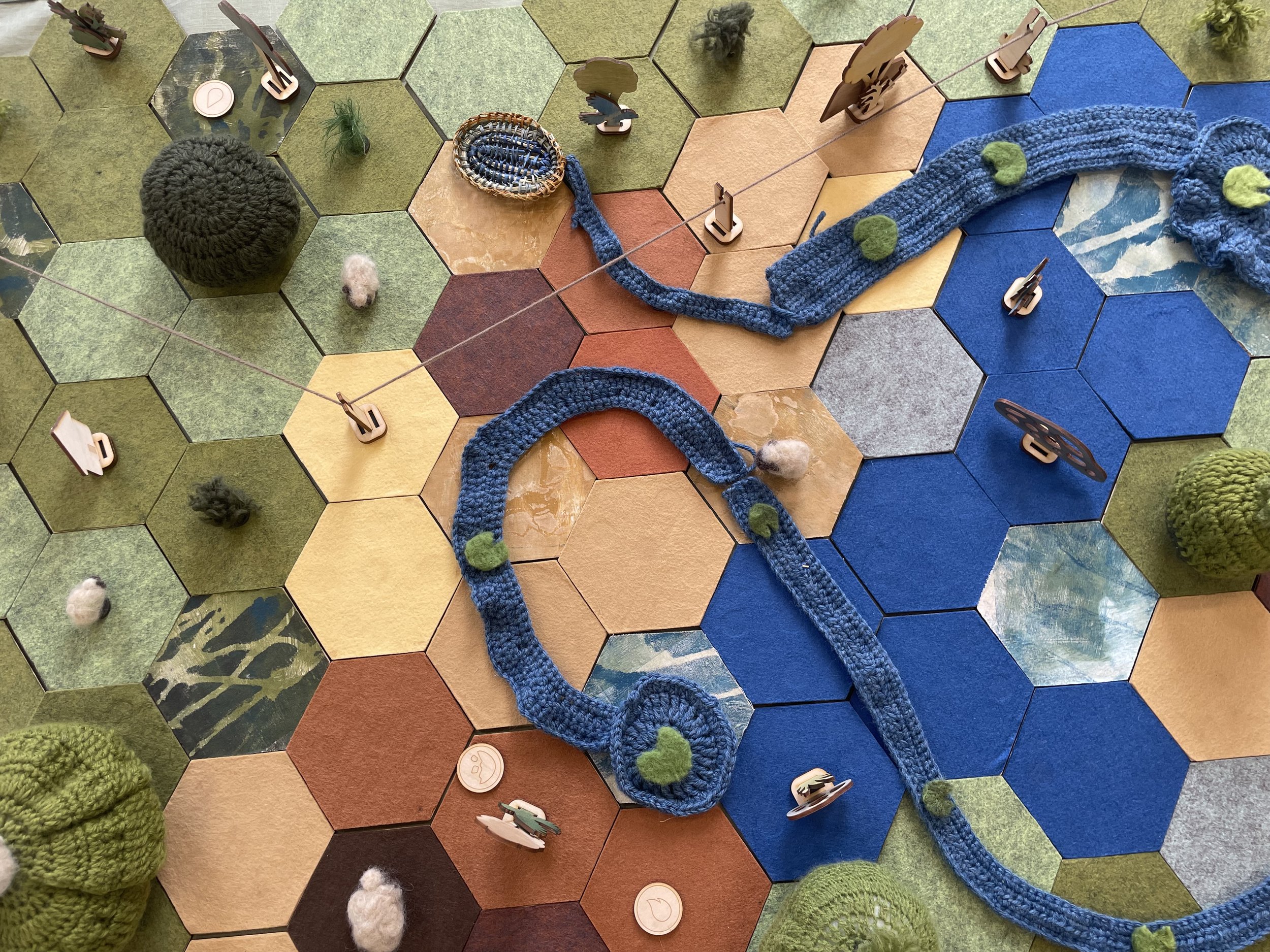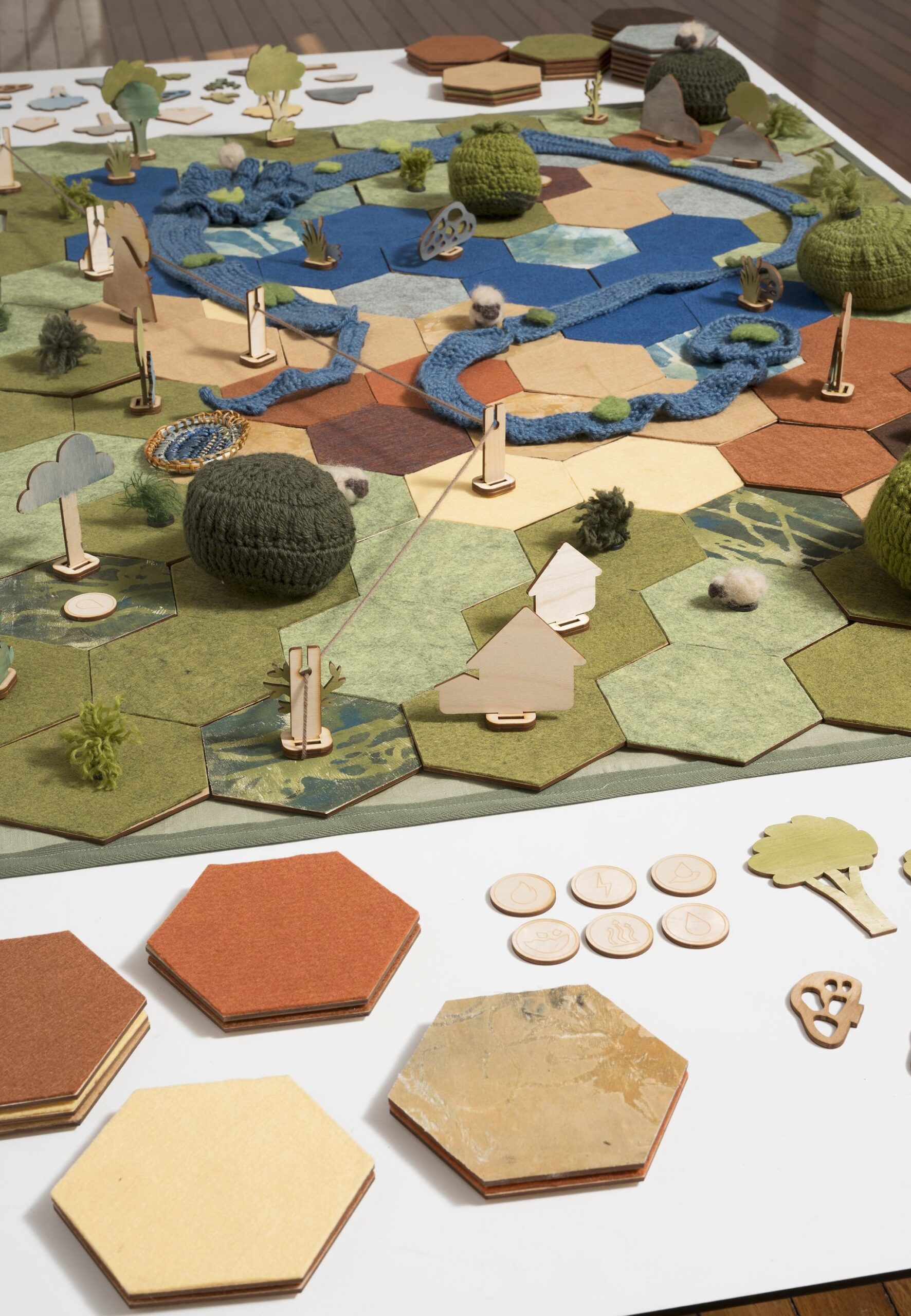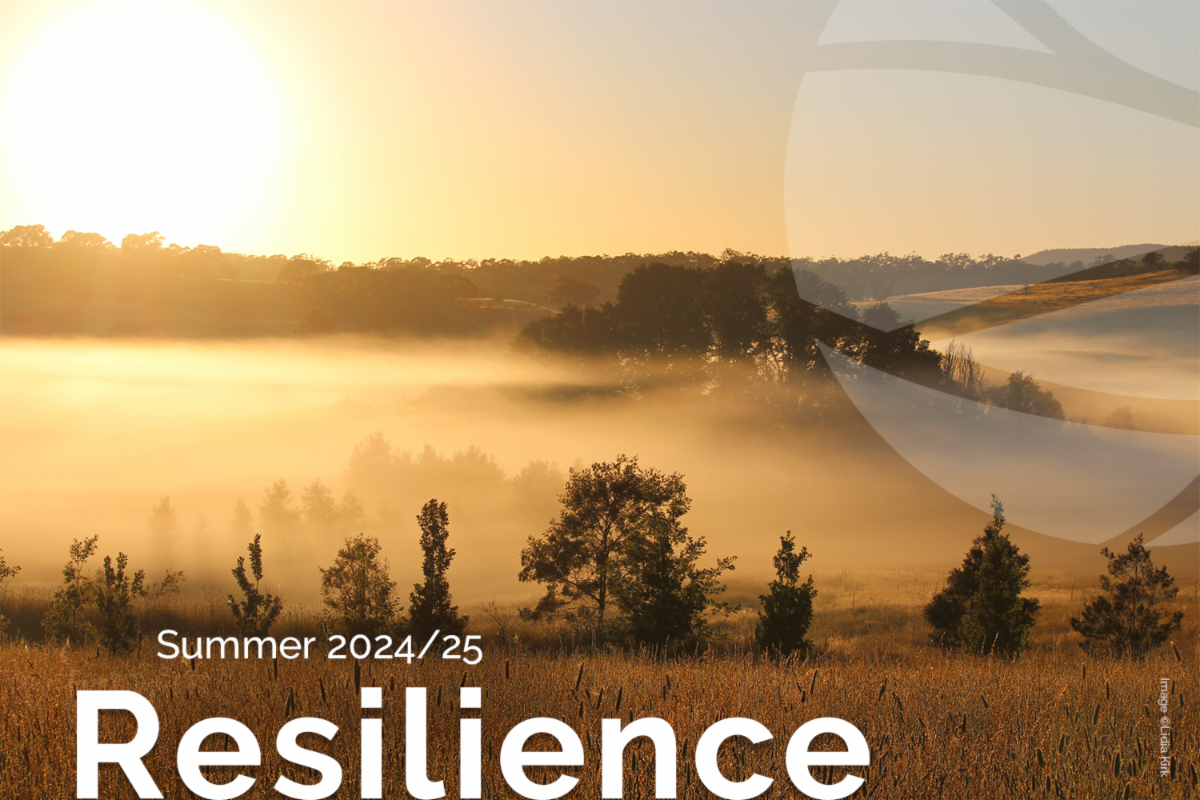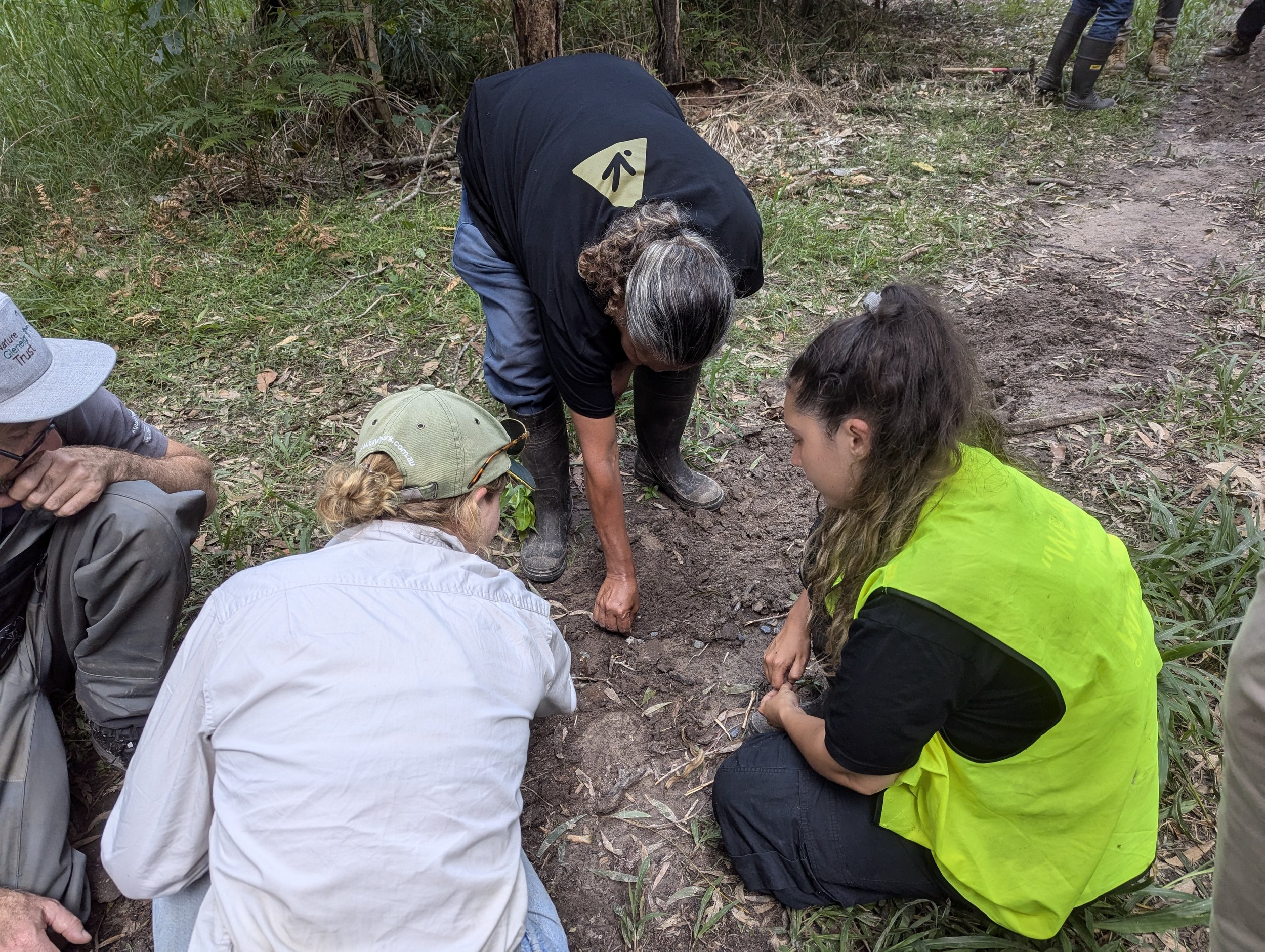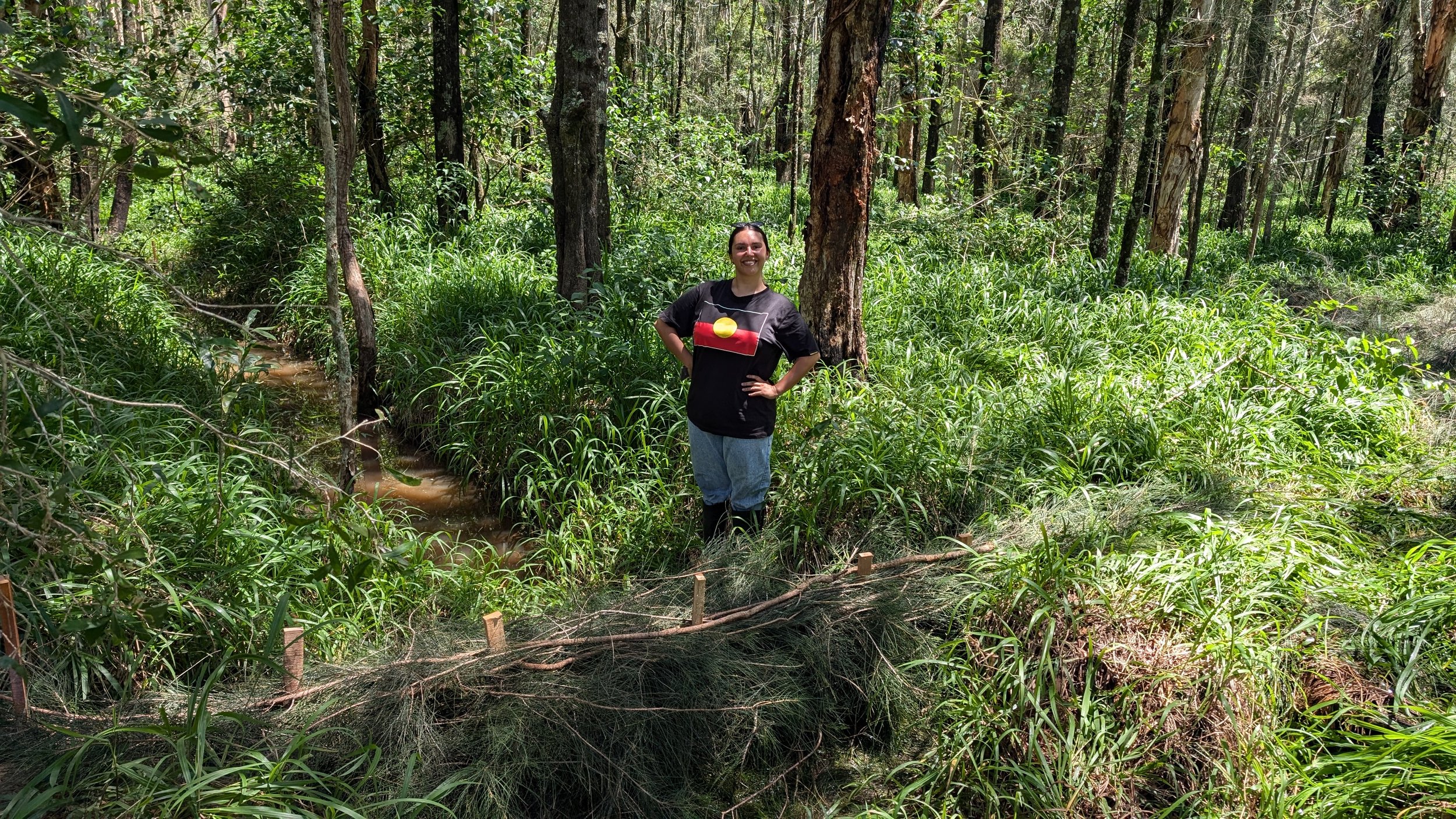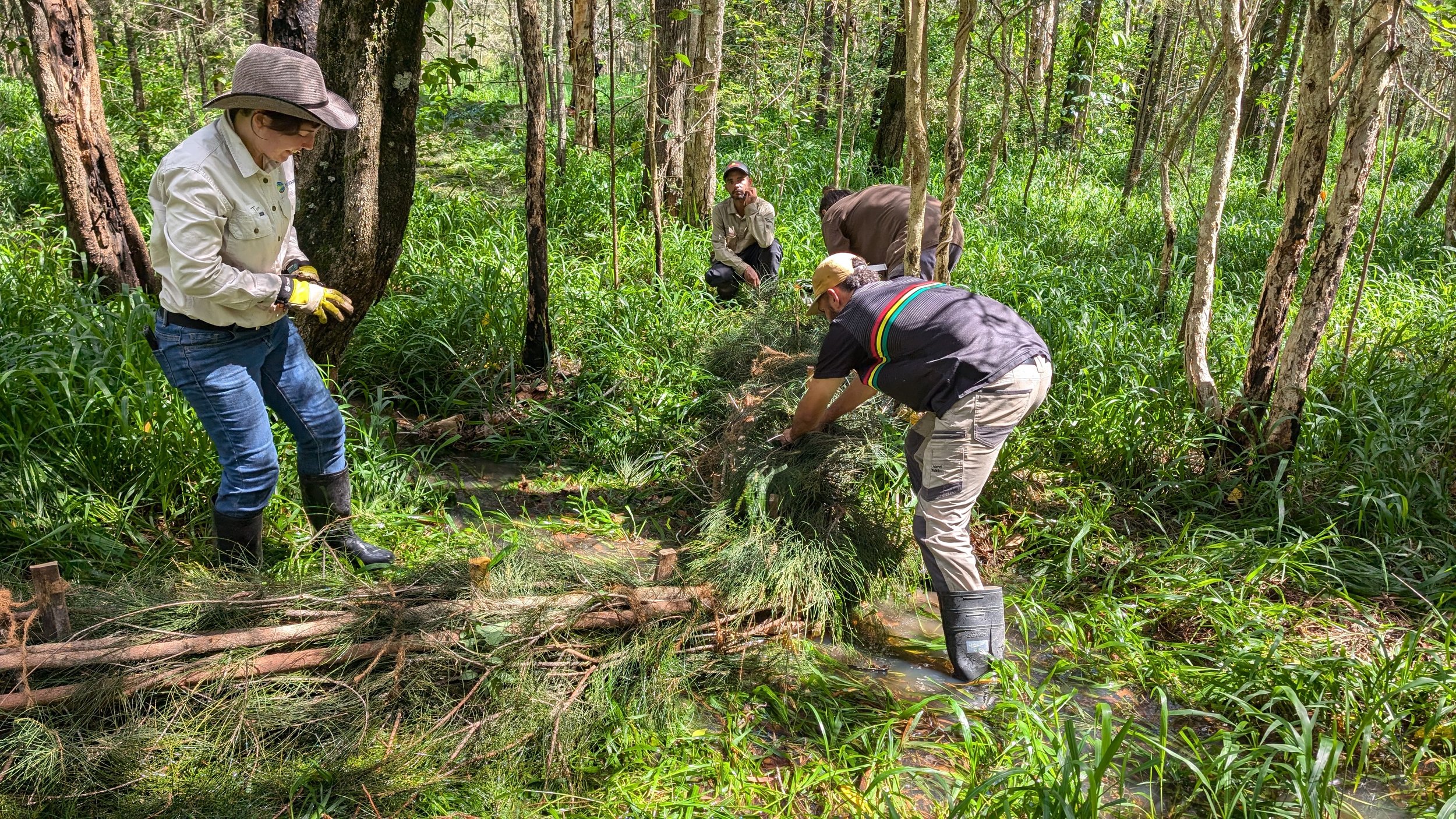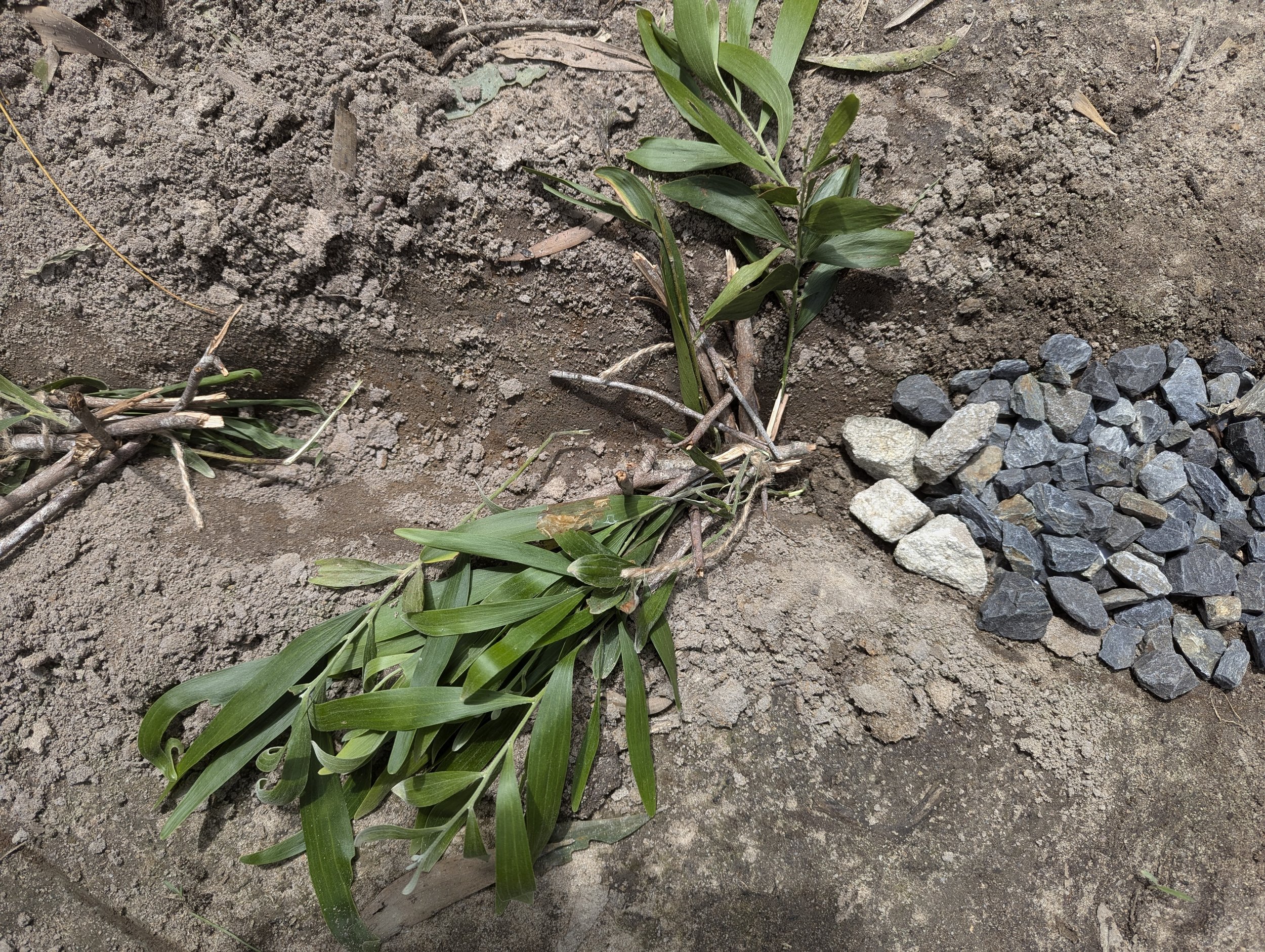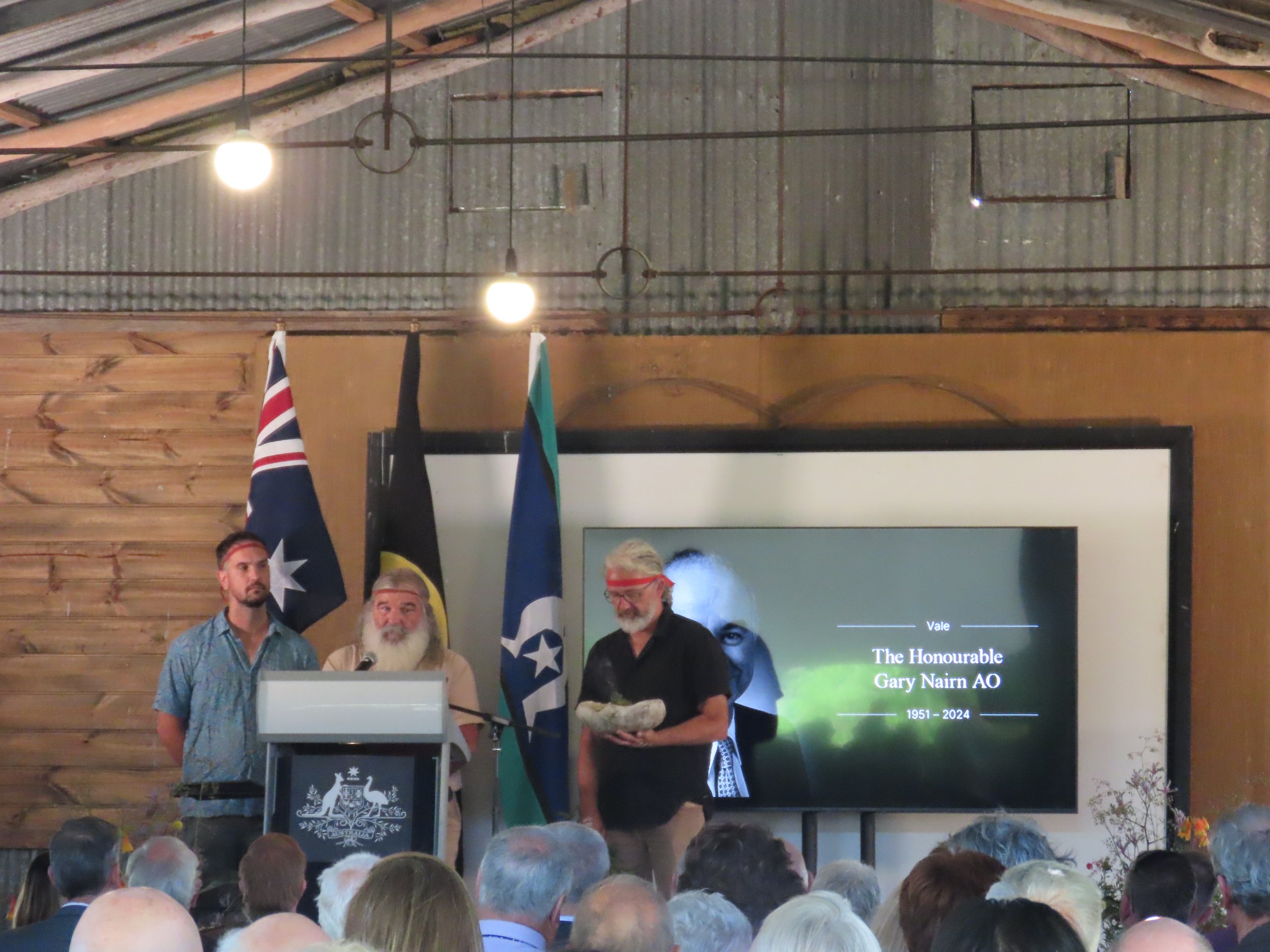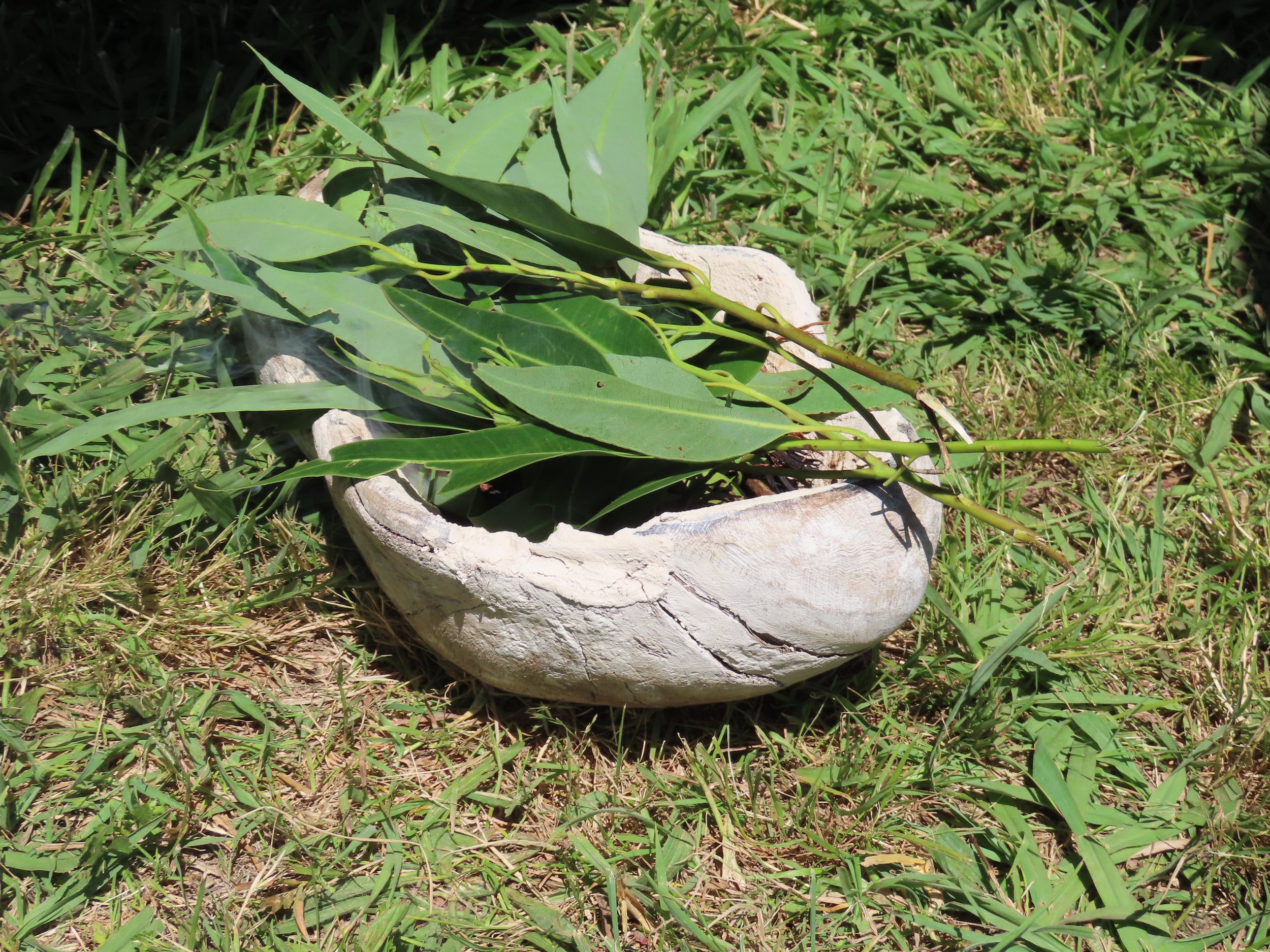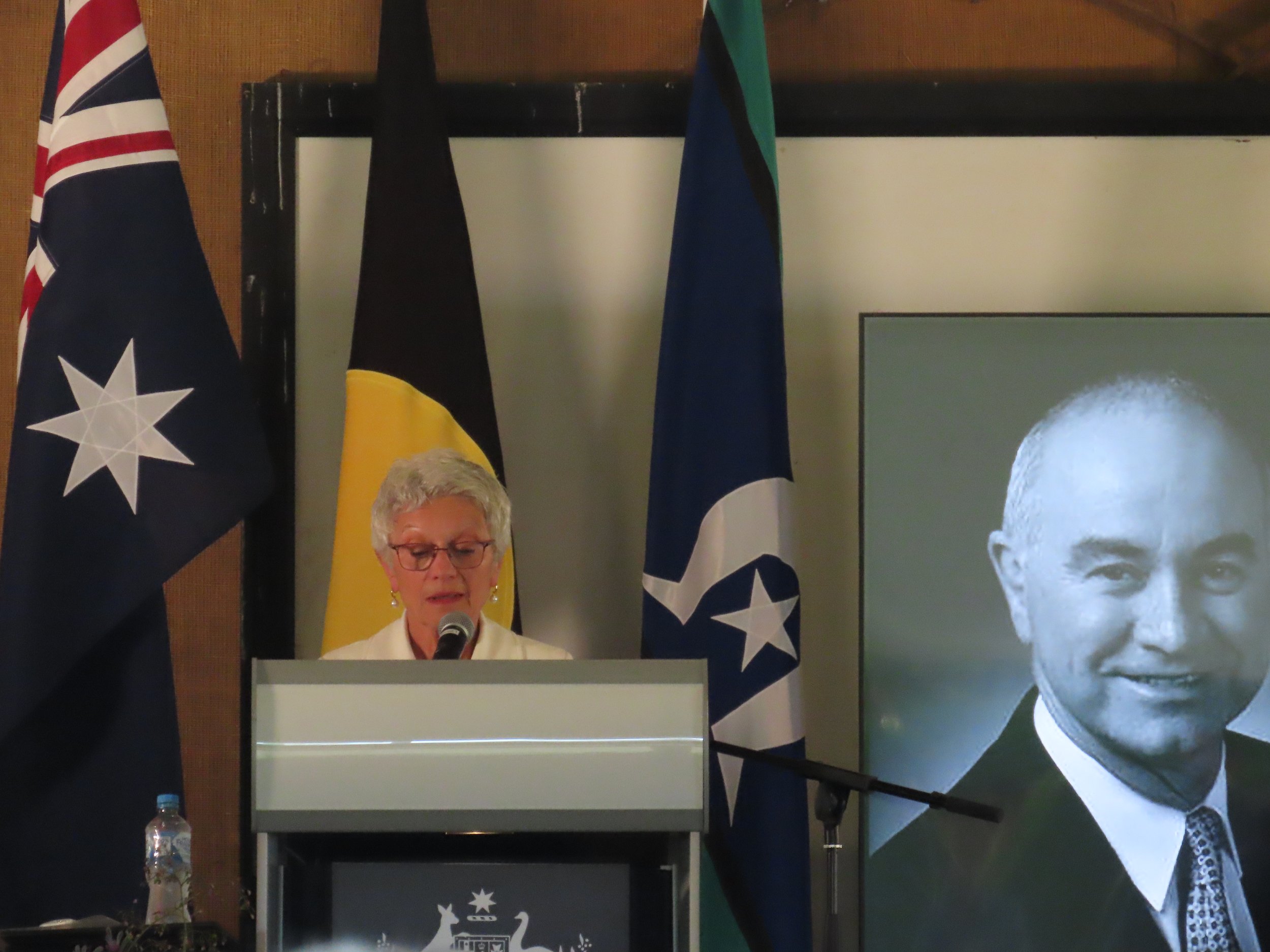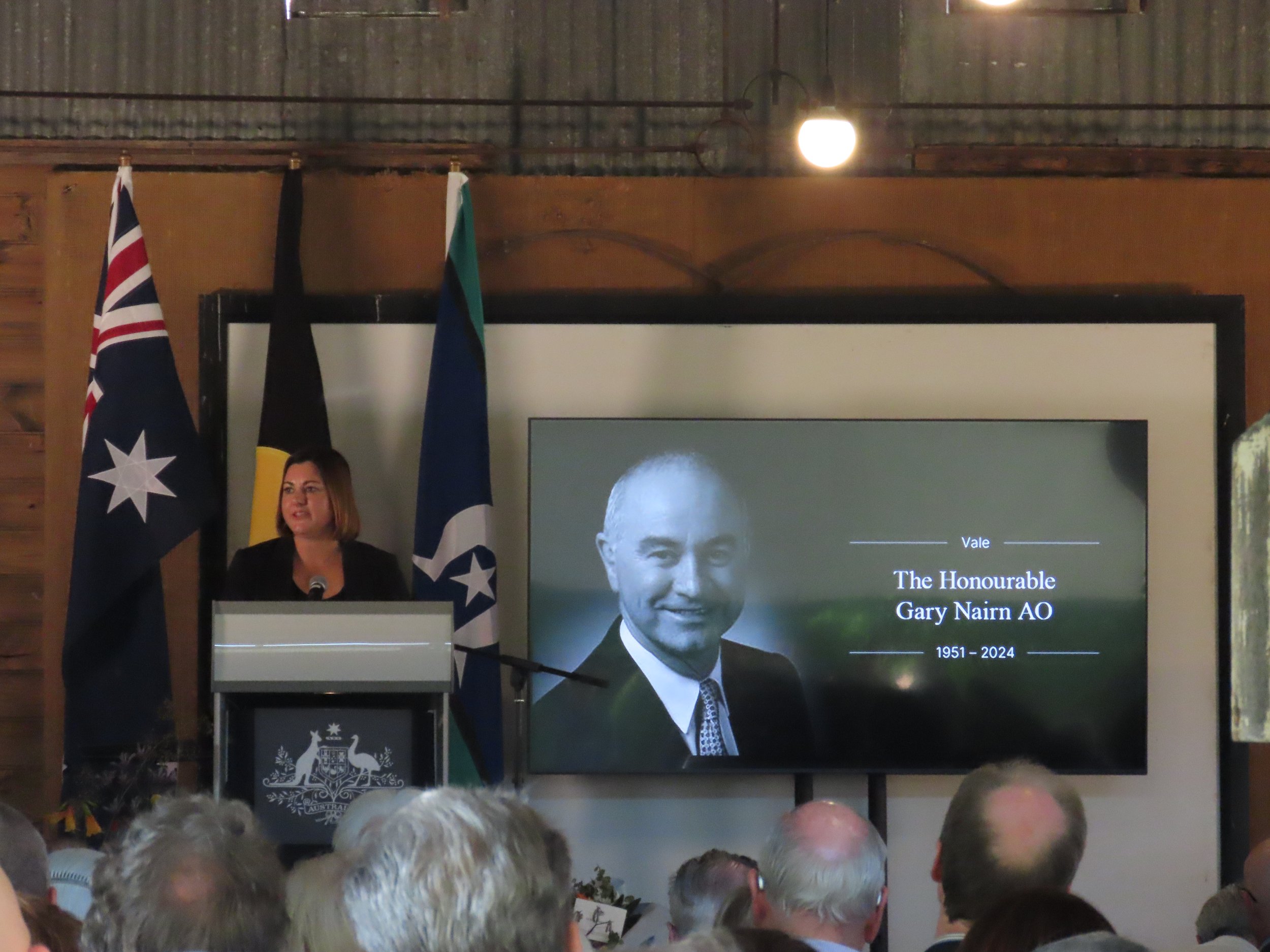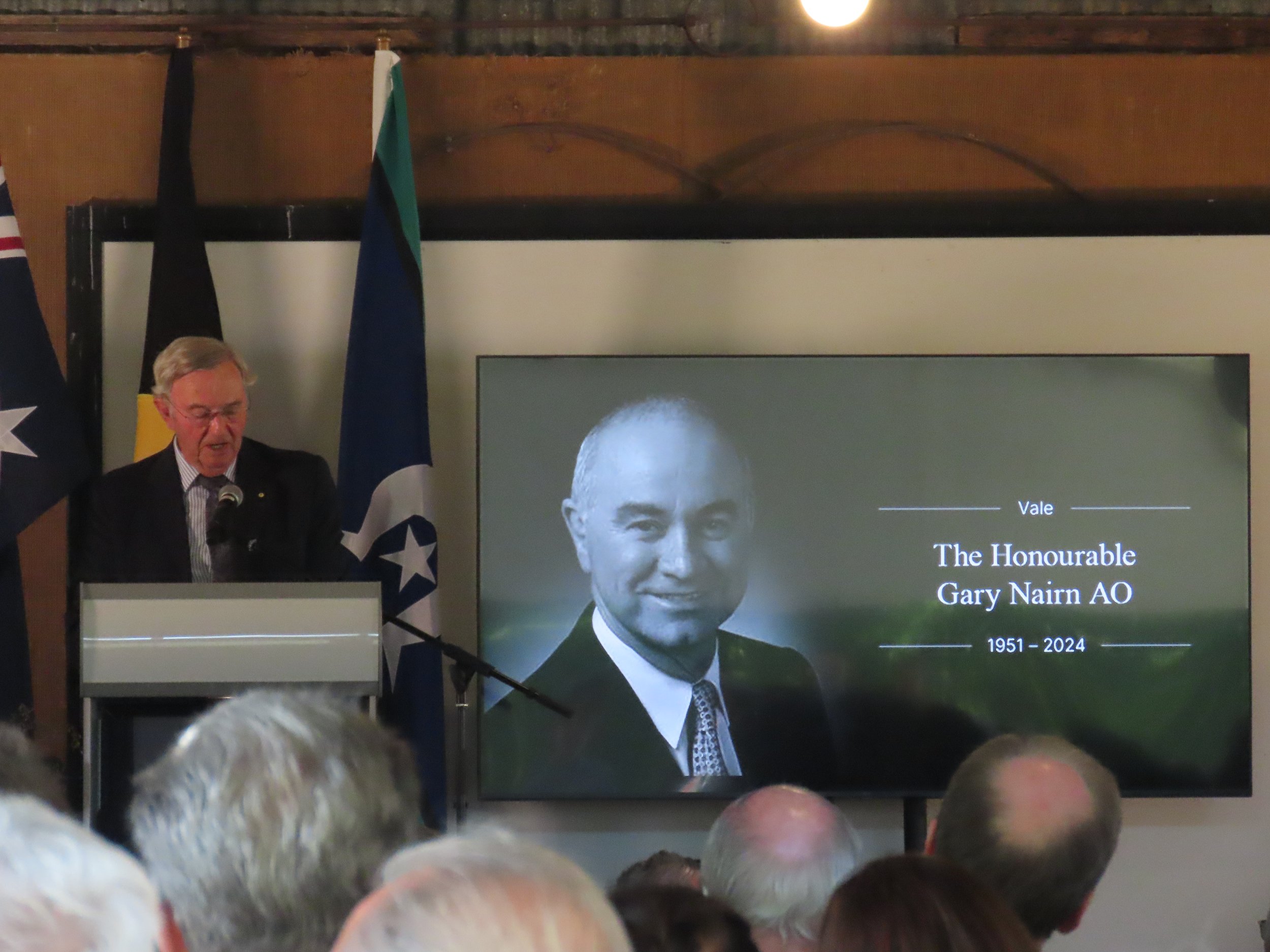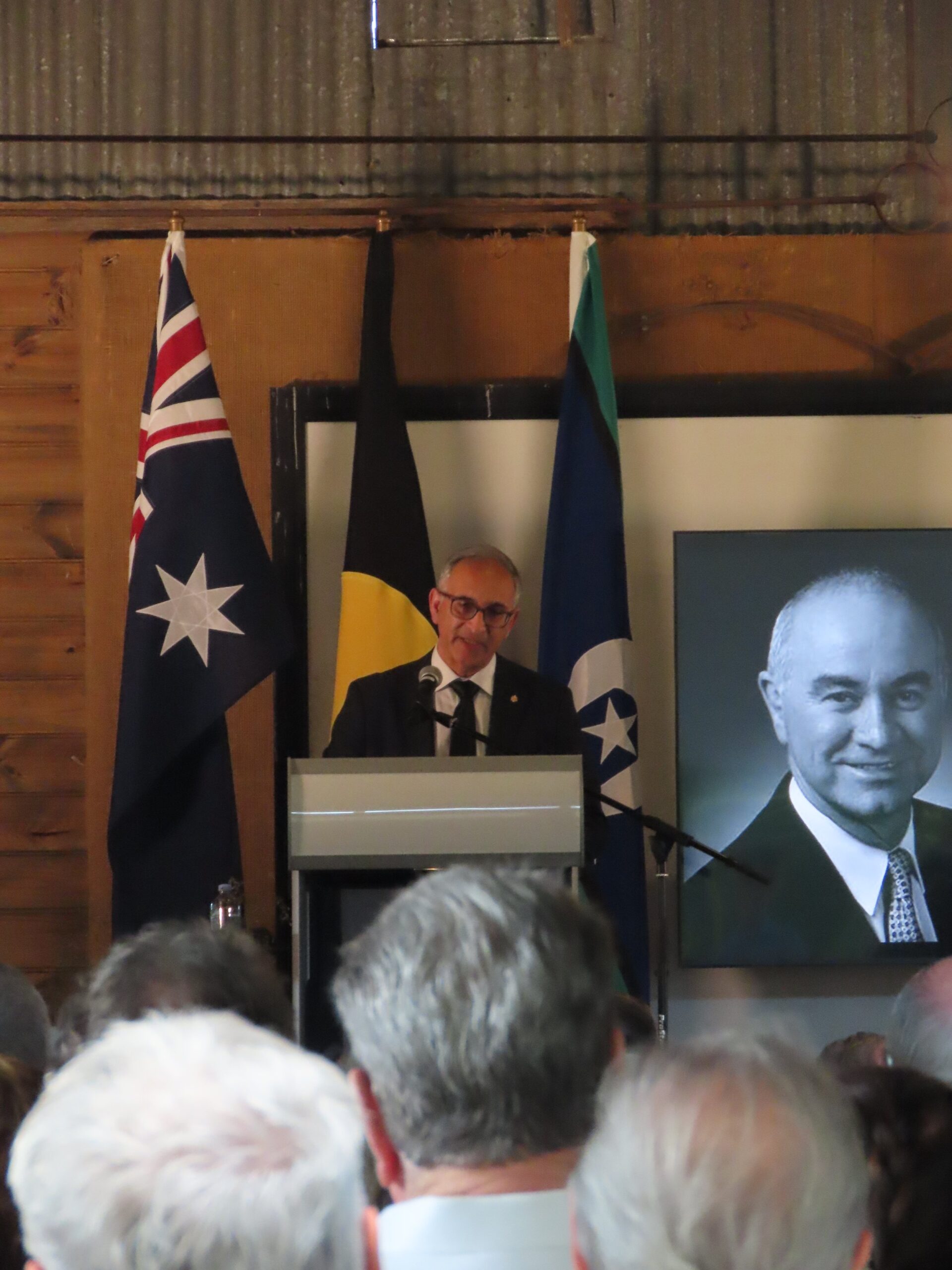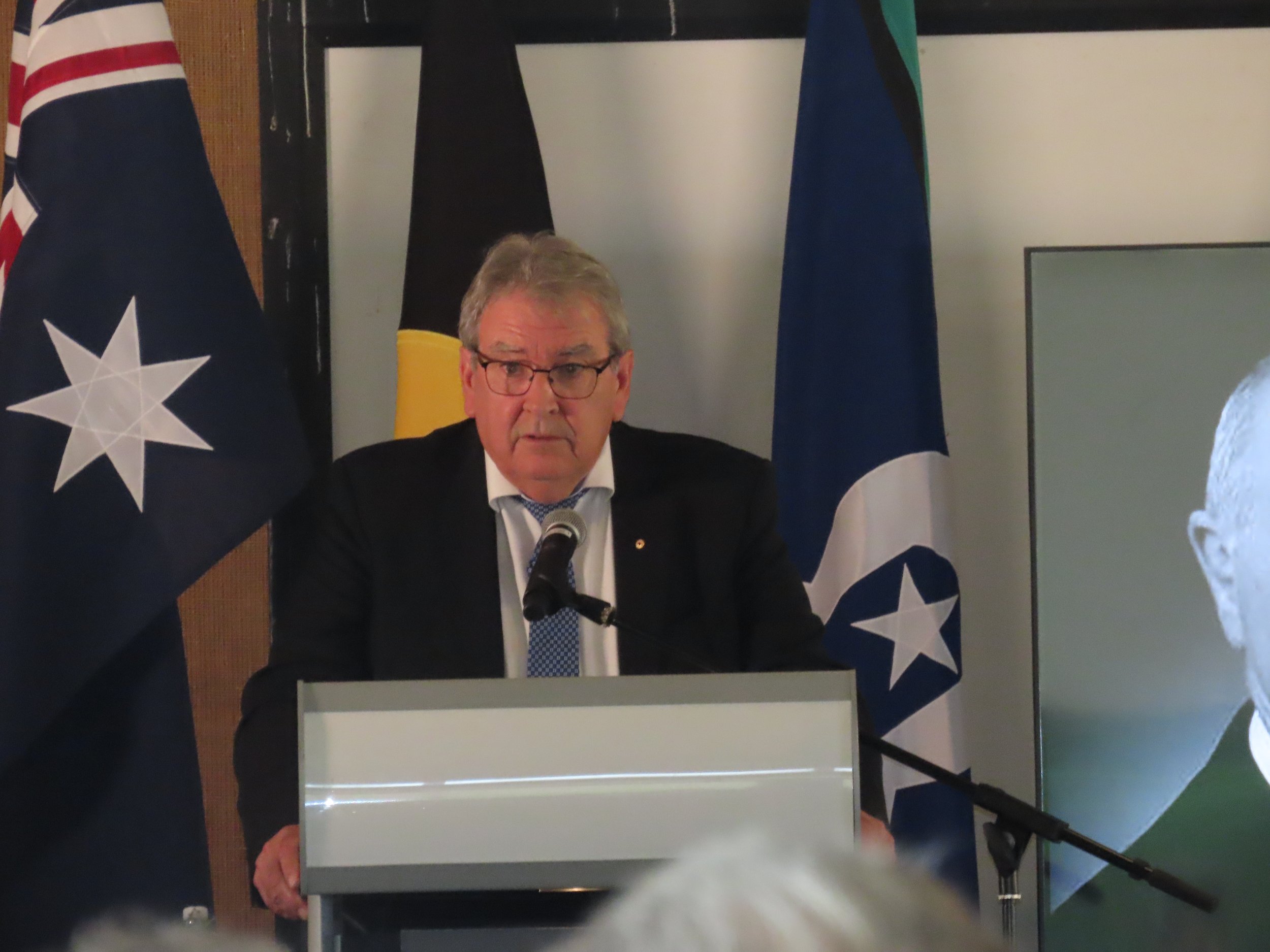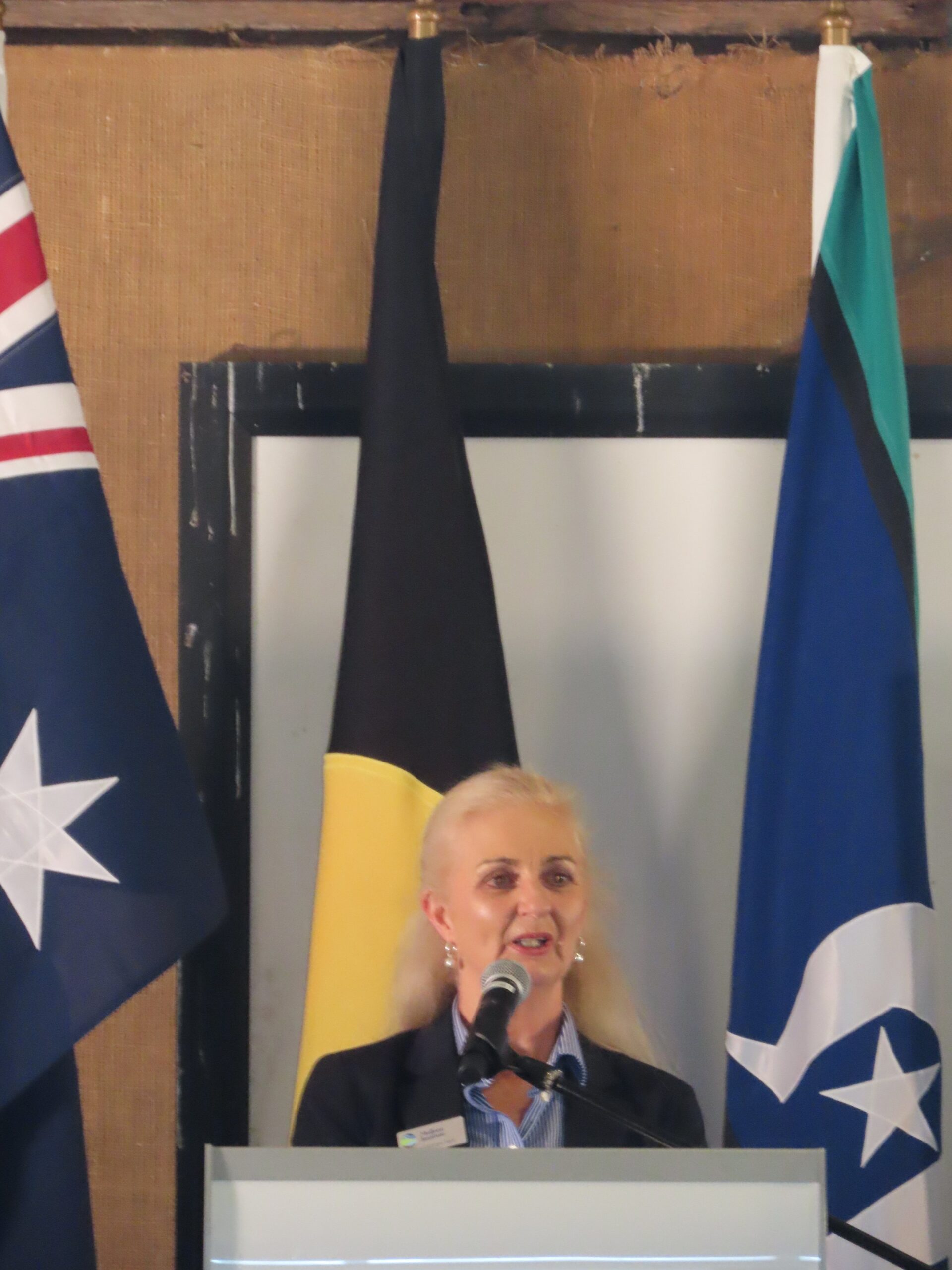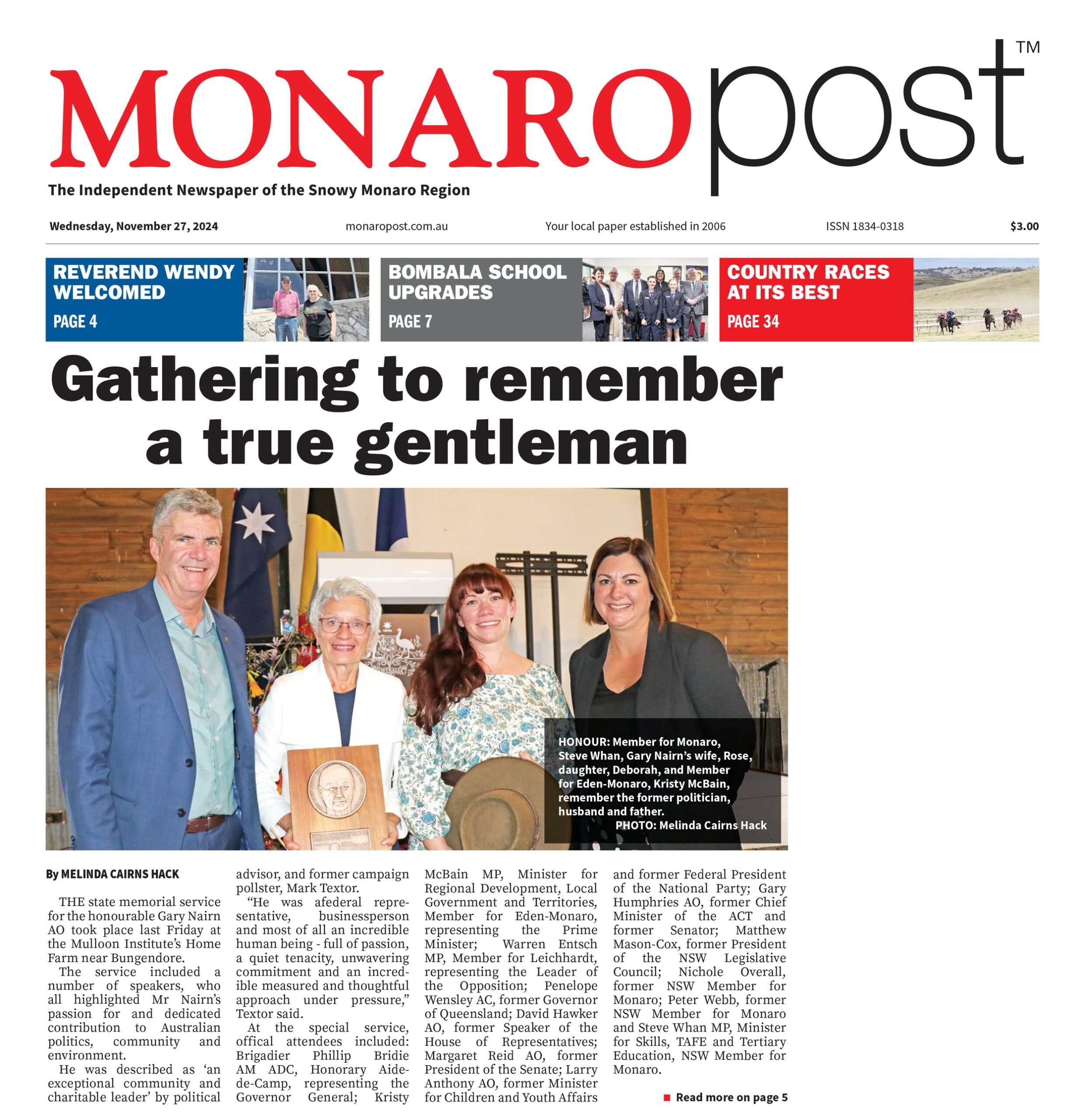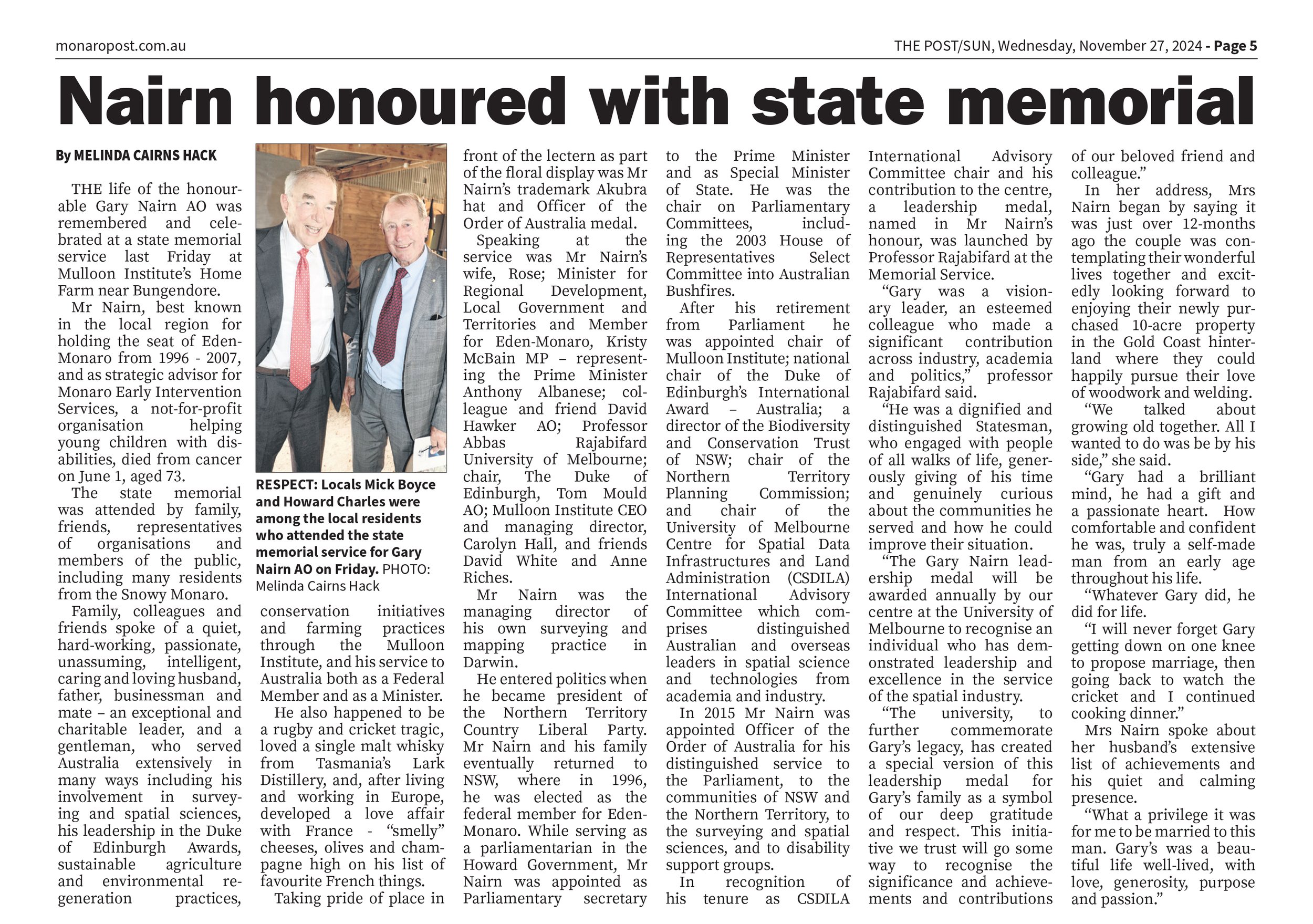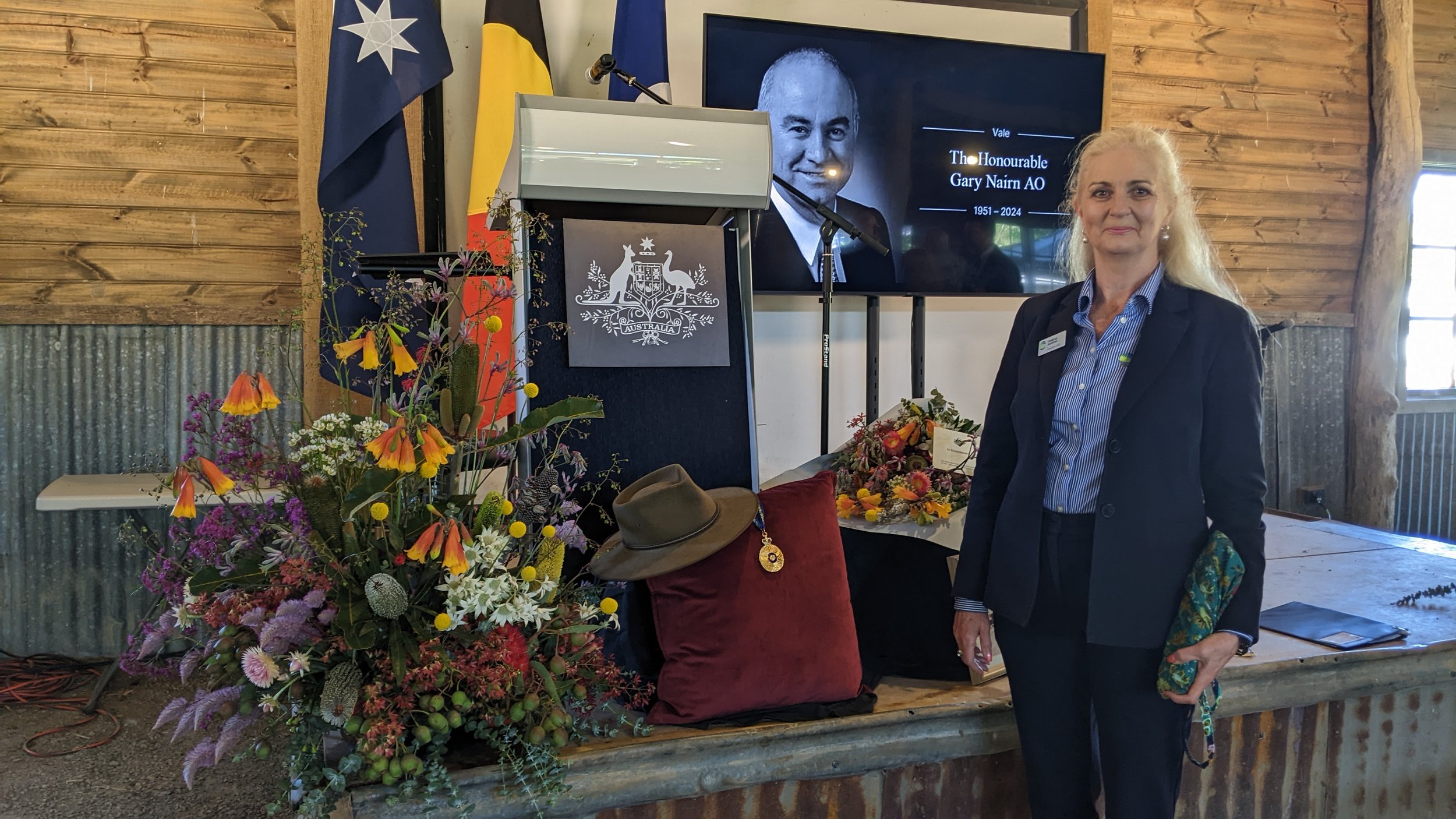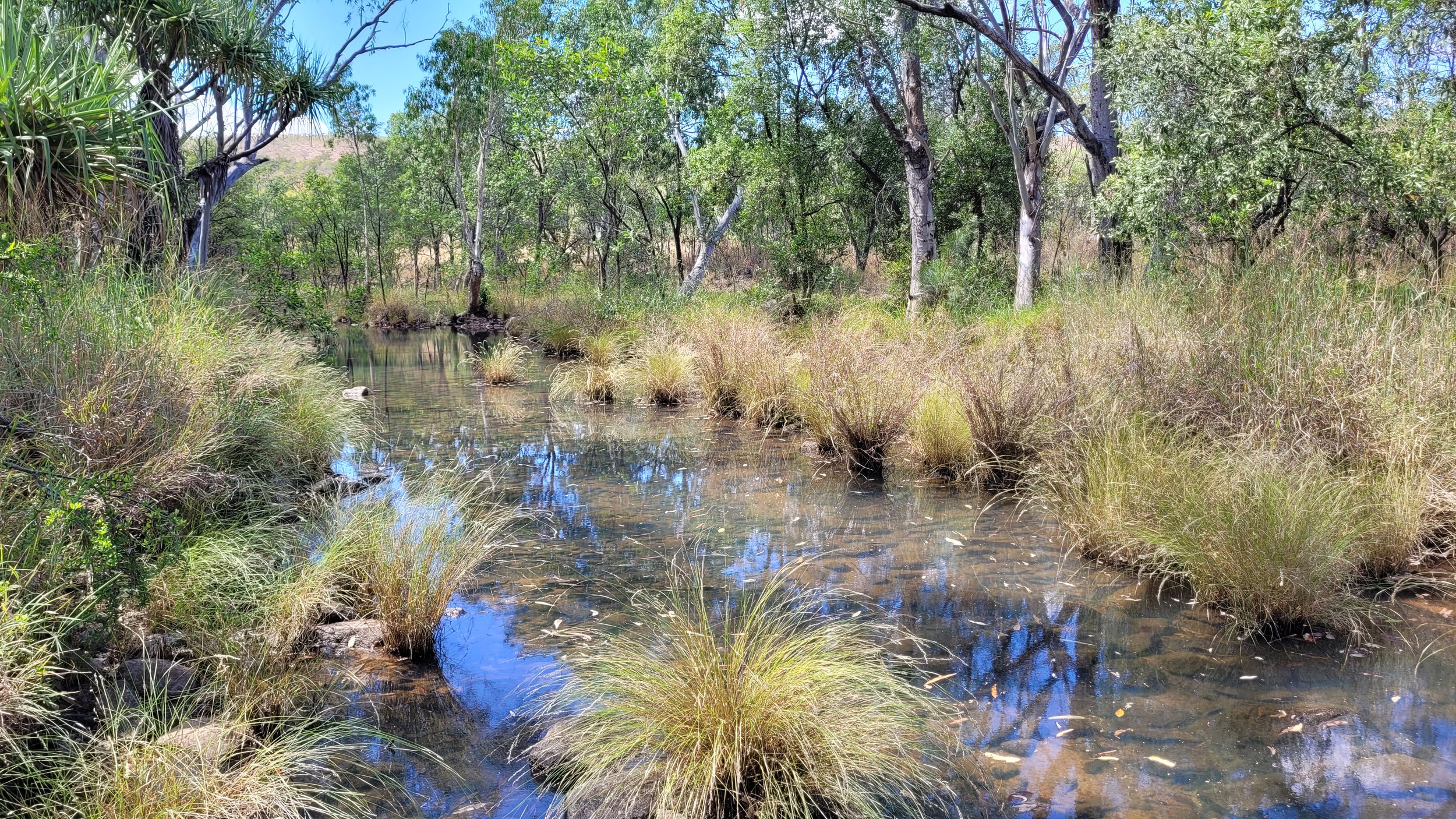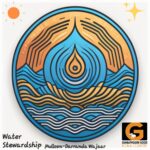I first met The Hon. Gary Nairn AO and his wife Rose when I first visited the Mulloon homestead with my family in the 2019 Easter school holidays. There was six of us (and a dog) in a Honda Odyssey heading south as part of an Easter holiday trip from Sydney to Melbourne.
I was there to show my kids the famous Mulloon farm (that I had been watching incessantly on YouTube) but more importantly to conduct due diligence in my role assisting a charitable trust that wanted to donate funds to an environmental charity. I was there to ‘kick the tyres’ and decide whether to recommend a donation to Mulloon Institute. I was impressed by the vision, education programs and the ambition of the Institute, and I was hoping to make a ‘multiplier donation’ – a donation that teaches a man to fish rather than gives a man a fish.
When I contacted the Institute to arrange a visit, I was surprised the Chairman, Gary, decided to personally conduct the tour. Gary was a former Howard Government Minister who had recently retired from a stellar political and business career. I was just a humble Sydney lawyer.
I remember vividly Gary waiting patiently for us in jeans next to the dusty Kings Highway on a beautiful autumn afternoon, not phased at all that we were 15 minutes late. He patiently took us on a tour of the property (Peter’s Pond, the Home Farm, Duralla and the egg operation) and we talked non-stop for hours. We connected instantly – he was humble, wise, intelligent and humorous. At the end of the tour I was convinced (and a little bit star struck) and mentioned to Gary I was going to recommend the donation.
His eyes instantly twinkled (as his did) and he said (with more than a hint of cheek), “Matt, we’ll take your money but I also need your legal help – pro bono of course!” And so it began…
Inspired by Gary and wanting to do everything I could to help the Institute, I formed the Mulloon Law Committee and, with some of the best environmental and water lawyers in Australia, we worked diligently for years to study the regulatory problems Mulloon Institute was having, debate potential solutions (a room full of lawyers – herding cats anyone?) and coming up with our proposed solution for a Landscape Rehydration Code (downloadable here). Off the back of this, in 2023 I was asked to assist as a director and as Gary became ill, I took over as Chair early 2024.
My last visit with Gary was on a wet, stormy January day in a Gold Coast hospital. It was a very different couple of hours than when I first met him but equally as memorable. He was frustrated to lose his health – he was desperate to stay with his beloved Rose and his family, to build out his new home on the Gold Coast (he proudly showed me pictures of his new pool deck) and help raise Rose’s granddaughter. His thoughts were with his political and personal legacy and the future of Mulloon Institute. We talk for hours and shed a few tears.
I think as an organisation we have been in mourning for the last six months. He was so involved. We all miss his wisdom and guidance.
So, to last Friday – a brilliant, warm, late spring day down at the shed below the homestead. I had a cold, early swim in the creek behind the homestead with a couple of bright-eyed University of Sydney environmental engineering students I had brought down to see our works on Mulloon Creek. The team from the Prime Minister and Cabinet Office arrived at 6.30am and by 9.30am, 300 guests were seated in and around the Barn. There were politicians, media, family, friends, community groups and current and former staff and directors from Mulloon Institute. We listened to a heartfelt Respect for Country, a stirring rendition of the Australian anthem (both verses), a fantastic eulogy from Rose, and stories of Gary from our own CEO Carolyn Hall, Tom Mould – Chair of the Duke of Edinburgh Awards and others. It was a wonderful day and our guests hung around until late in the day to swap stories and catch up with old friends. As one guest quipped to me as we looked around, “Gary would have loved to have been here.”
So how do we reflect on his legacy? And where did he want Mulloon Institute to go? A few thoughts…
Character matters. The fact that there was a wide swathe of representatives from all walks of Gary’s life is testament to what we all thought of him – a popular local Member, a determined Minister, a brilliant surveyor, a diligent Chairman, a strong family man and a good husband. As Tom Mould said, “He was just a damn good bloke.”
A steady hand. Gary believed in the long game and the reward that comes from consistent, determined effort. Slow and steady wins the race. He would counsel that we spend time to make good decisions and then put the building blocks in place for long term success.
A mentor. Both Carolyn and I (and I’m sure others) have learned much from his leadership and he took the time to counsel and inspire us.
A lifelong student. Gary excelled at everything he touched – his studies, his surveying career, his political career and later in life, his community service. He wasn’t a dabbler – he was an expert and his insatiable curiosity was his guide.
A shrewd strategist and a canny politician. Gary always had his eye on where Mulloon Institute was positioned and how it was perceived. He knew our success relies upon maintaining the goodwill of a broad group of stakeholders – politicians (of all persuasions), regulators, philanthropists, First Nations groups, environmentalists, farmers, academics, the media and others. We need to be both true to our values and smart (and occasionally shrewd) in our messaging. If we do our job properly, we can, and should, bring everyone along for the ride.
Bold. Gary was fearless – he would write to Prime Ministers, Premiers, Billionaires, Royalty and major public figures. He never let perfect be the enemy of the good. If he had an idea, he would act on it. He was an optimist who thought ‘if you don’t ask you don’t get’. As a result, Mulloon Institute is nothing if not bold with our plans. Our stated aim is to rehydrate and repair 2.5 million hectares of agricultural land.
And finally, a visionary. When I was bedside, Gary spoke of a vision of an Australian continent that was rehydrated and repaired. He spoke of the significant contribution Australia could make to combat climate change if we were able to rehydrate our great, dry continent. Australia’s soils are 50% more dehydrated than before Europeans arrived. If we can return our continent to it’s former glory, we will make a significant contribution to repairing our planet.
Now wouldn’t that be a legacy.
So, thank you Gary.
Rest in peace.
Matt Egerton-Warburton
Chair, Mulloon Institute & Mulloon Law Committee
